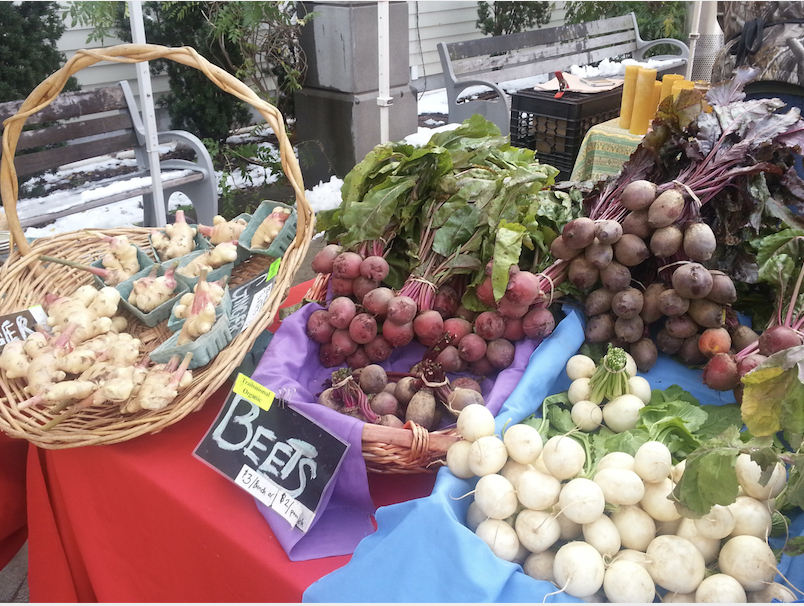Food insecurity, food accessibility, and food deserts have generated national concern as social justice issues. To combat these injustices, groups from across North America have created mobile food markets. A modern-day mobile market established in West Oakland, California in 2003 helped to spur the mobile food movement (Albala 2015). Shortly thereafter, the idea of bringing affordable and healthy food to low-income communities took off across North America. Typically, mobile markets use repurposed or retrofitted vehicles to distribute culturally appropriate, farm-fresh products to low-income, low-food-access neighborhoods (Bartley & Best 2013) and promote healthier food choices (Zepeda & Reznickova 2013). Many provide subsidies to make fresh food more affordable, which increases food accessibility and food security for those in need. Recent academic research suggests that increased access to fresh vegetables and fruits has been linked to an increase in vegetable and fruit consumption in food deserts (University of Wisconsin 2015; Widener et al. 2013). Though some mobile markets aim to improve health outcomes by providing communities with healthy food, others seek to address food and economic sustainability by expanding the market for food that is grown and distributed within a metropolitan area.
